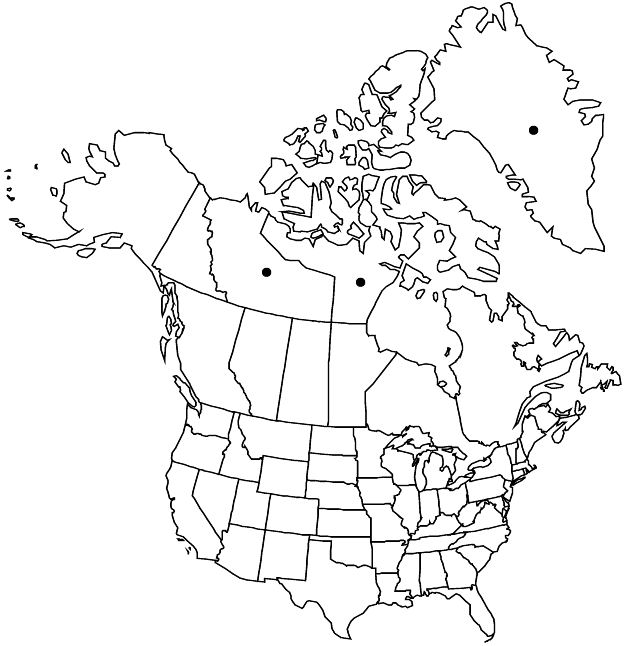Difference between revisions of "Potentilla pedersenii"
in N. L. Britton et al., N. Amer. Fl. 22: 332. 1908.
imported>Volume Importer |
imported>Volume Importer |
||
| Line 1: | Line 1: | ||
{{Treatment/ID | {{Treatment/ID | ||
|accepted_name=Potentilla pedersenii | |accepted_name=Potentilla pedersenii | ||
| − | |accepted_authority=(Rydberg) Rydberg | + | |accepted_authority=(Rydberg) Rydberg |
|publications={{Treatment/Publication | |publications={{Treatment/Publication | ||
|title=in N. L. Britton et al., N. Amer. Fl. | |title=in N. L. Britton et al., N. Amer. Fl. | ||
| Line 42: | Line 42: | ||
-->{{#Taxon: | -->{{#Taxon: | ||
name=Potentilla pedersenii | name=Potentilla pedersenii | ||
| − | |authority=(Rydberg) Rydberg | + | |authority=(Rydberg) Rydberg |
|rank=species | |rank=species | ||
|parent rank=section | |parent rank=section | ||
| Line 56: | Line 56: | ||
|publication year=1908 | |publication year=1908 | ||
|special status= | |special status= | ||
| − | |source xml=https:// | + | |source xml=https://bitbucket.org/aafc-mbb/fna-data-curation/src/2e0870ddd59836b60bcf96646a41e87ea5a5943a/coarse_grained_fna_xml/V9/V9_318.xml |
|subfamily=Rosaceae subfam. Rosoideae | |subfamily=Rosaceae subfam. Rosoideae | ||
|tribe=Rosaceae tribe Potentilleae | |tribe=Rosaceae tribe Potentilleae | ||
Latest revision as of 22:56, 5 November 2020
Caudex branches not sheathed with marcescent whole leaves. Stems ascending to nearly erect, 0.4–2 dm. Basal leaves often both ternate and palmate or subpalmate on same plant, 2.5–4 cm; petiole 1.5–2.5 cm, long hairs common to abundant, loosely appressed to ascending-spreading, 1–2 mm, weak to ± stiff, verrucose, crisped(/short) hairs absent or sparse to common, cottony hairs absent, glands sparse to common; leaflets 3–5, proximalmost separated by 0–2 mm, central broadly elliptic to obovate, 1–1.5 × 0.5–0.9 cm, petiolules 1–2 mm, distal 2/3–3/4 of margin incised 1/2–3/4 to midvein, teeth (2–)3–4 per side, 4–6 mm, apical tufts ± 1 mm, abaxial surfaces grayish white to white, long hairs abundant (sometimes obscuring entire surface), cottony-crisped hairs abundant to dense, short hairs absent or obscured, glands sparse to common but usually obscured, adaxial grayish green to gray, long hairs sparse to abundant, 1–1.5(–2) mm, ± weak, short (short-crisped) hairs absent or sparse, rarely common, cottony hairs absent, glands absent or sparse, rarely common. Cauline leaves 0–2. Inflorescences (1–)3–7-flowered, open, branch angle 30–50°. Pedicels 1–2 cm, proximal to 4 cm. Flowers: epicalyx bractlets narrowly ovate to elliptic, 4–5 × 1–1.4 mm; hypanthium 3–4 mm diam.; sepals 4–6 mm, apex subacute to acute, glands sparse to common, usually not obscured; petals pale yellow, usually not overlapping, 6–7 × 4–8 mm, distinctly longer than sepals; filaments 1–2 mm, anthers ± 0.4 mm; carpels 40–80, styles 0.8–0.9 mm. Achenes 1.1–1.2 mm.
Phenology: Flowering summer.
Habitat: Dry tundra, gravel and loam ridges, loam flats, rocky outcrops and crevices
Elevation: 0–200 m
Distribution

Greenland, N.W.T., Nunavut, ne Europe, n Asia.
Discussion
Potentilla pedersenii and P. uschakovii account for the majority of arctic populations previously included in a broadly defined P. rubricaulis. The diagnostic morphological characters between the two species can be variable and overlapping; they are treated separately in part because of differences in presumed parental combinations. Whereas P. pulchella is the probable sect. Pensylvanicae parent for both species, the putative sect. Niveae parent for P. pedersenii is P. arenosa subsp. arenosa; that of P. uschakovii is P. subvahliana. Reflecting this parentage, P. pedersenii is distinguished by caudex branches with no marcescent whole leaves, verrucose long hairs on petioles, and inflorescences with usually several relatively small flowers. In contrast, P. uschakovii often has marcescent whole leaves sheathing the caudex branches, smooth long hairs on petioles, and one- or few-flowered inflorescences with mostly larger flowers. These generalities aside, there is much variation within both species, such that each island or population group may have its own features; it is probable that both P. pedersenii and P. uschakovii have evolved from multiple hybridization events.
Selected References
None.